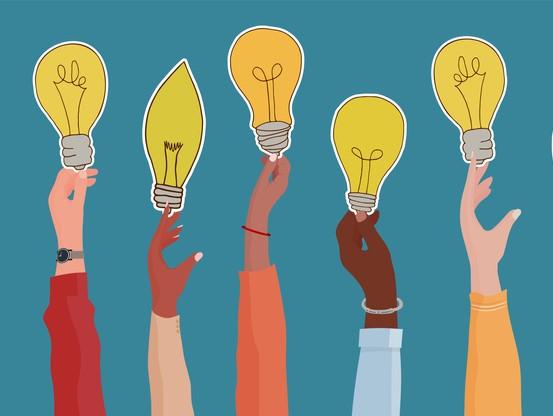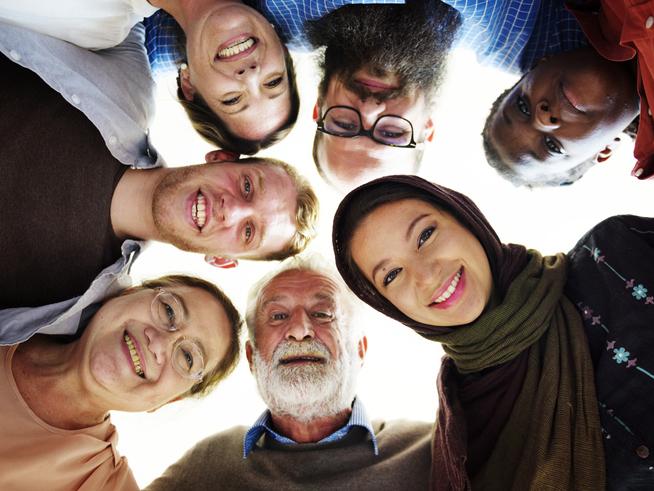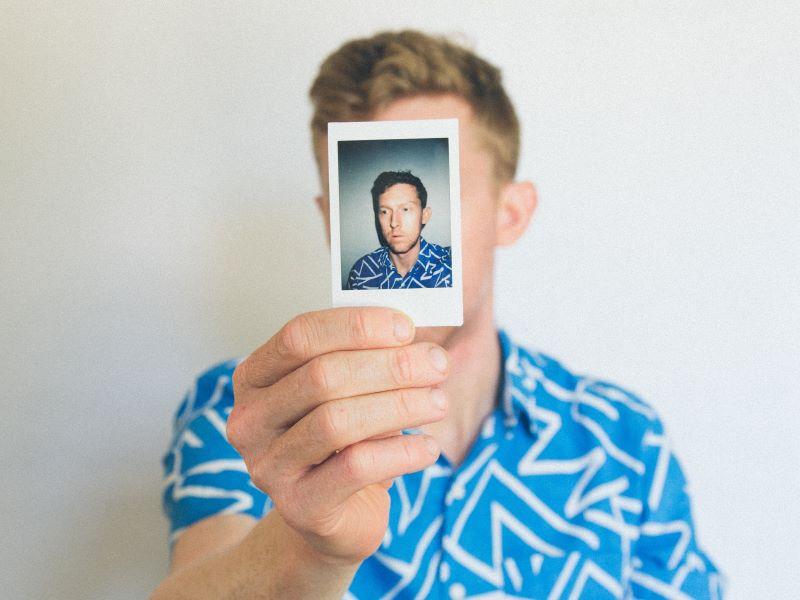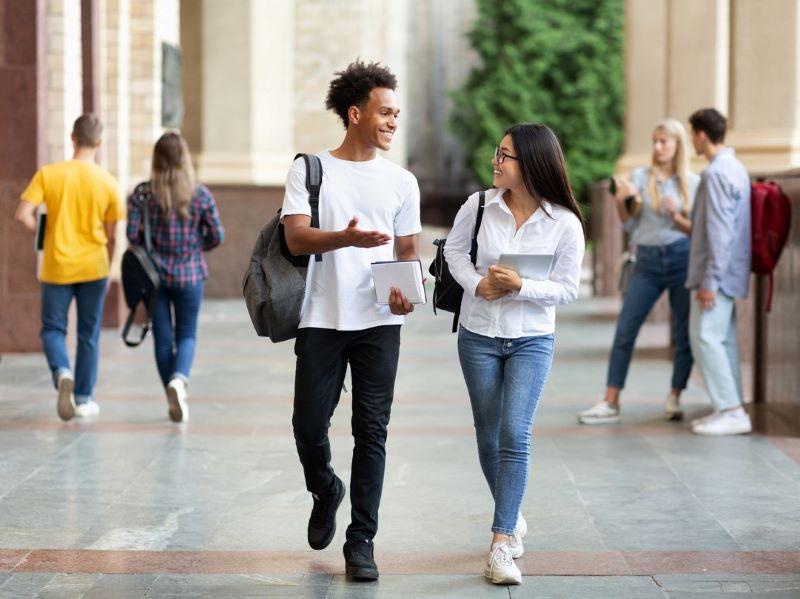
Universities must do better at bridging the gap between diversity and belonging

For universities right now, a “B” is a lot better than the proverbial “A”. And by “B” I mean “belonging”. Colleges and universities have known for decades that bringing diverse students to their campuses creates a better learning experience for all. Students are introduced to other cultures, diverse ways of thinking and new approaches to solving complex problems. However, the truth is that just bringing different students to a university does not magically make for a wonderful experience. In fact, it comes with a whole new set of problems. Students who differ from the main demographics of an institution often feel marginalised and have lower success and completion rates than their majority peers. So how can universities help students feel like they belong on campus once they get there?
Universities have long had student affinity groups and some have created separate spaces such as multicultural centres or identity-based spaces on campus as somewhere for student groups to congregate, socialise and educate others. And alongside increasingly diverse student enrolments, we’re seeing spaces for student veterans, first-generation students and even disability cultural centres.
- Digital exclusion hits students hardest at the start of their journey
- How universities can ensure first-generation students and their families feel connected
- A checklist for making disability inclusion a reality in higher education
But diversity is not just found in the visible realm. Diversity officers and those interested in equity, diversity and inclusion (EDI) would do well to recognise the multitude of invisible differences inhabiting today’s college campuses that go beyond racial and ethnic identities and include socio-economic class, the rural-versus-urban divide, neurodiversity, physical disabilities, learning disabilities and even political diversity and other diversities of thought. There are so many students who, for one reason or another related to their own identity, feel uncomfortable at best or, sometimes, downright excluded by the very institution that accepted them.
That’s why the aforementioned groups and spaces are so helpful in making students feel that they belong on campus. As a bonus, they can also help increase visibility and awareness of a specific group. Take, for example, the rise of disability cultural centres. This isn’t the university’s Office of Disability Services (ODS) or your campus’ accommodations office. The ODS is often a place where disabled students find they must jump through all manner of hoops just to get the same chance at success as their non-disabled peers have from day one.
Disability cultural centres are the opposite. They are places where disabled students can feel a sense of belonging, improve visibility, destigmatise disability in academia and gather with like-minded peers. From a more outward-looking perspective, they can also educate others about disability and disabled students on campus. Syracuse’s disability cultural centre is a leading example, and more and more of these centres are on the horizon.
But having these groups and spaces is not enough to help all our students feel that essential sense of belonging on campus. So how can universities create a culture where diversity is valued and leveraged in social and academic areas? They need student-focused, instructor-focused and institution-focused interventions to bridge the gap between inclusion and belonging.
Student-focused interventions include academic support such as tutoring centres, inclusive syllabi, well-designed courses with learner variability in mind and transparent assignment design. Within this should be social interventions, which ideally include summer programmes to help with the transition into university and welcome students to campus, plus living and learning communities based on shared ideas or values and programmes where students are encouraged to interact with and learn from each other in a meaningful way.
This “bridging the gap” type of opportunity has been missing on campuses in the recent past. For example, Appalachian State University, where I work, is holding a series of structured conversations for campus members noting that the most effective way to understand each other’s political differences is to discuss their individual and shared values, face to face (and even over a meal provided by the university).
Instructor-focused interventions include universal design for learning (UDL) training for faculty to help them design courses for the great diversity of students in their classes, including the neurodivergent ones. Also see the recent Accessible Dartmouth Initiative, which includes the implementation of learning institutes and course grants to integrate UDL. This lowers the artificial barriers many diverse and neurodiverse students face and helps instructors more effectively accomplish a major part of their job – teaching. Additionally, cross-disciplinary faculty learning communities (even virtual ones), book clubs or even podcast groups (such as Dartmouth’s “supporting neurodiverse students discussion group”) help faculty as they implement inclusive strategies in their courses.
Finally, institution-focused interventions include recognising neurodiversity in EDI initiatives and including neurodivergent leadership. In addition to creating cultural centres that raise awareness of the great diversity of learners on campus, institutions must also support initiatives to bridge the gaps among these diverse groups. This involves having structured spaces and programmes for community members to talk to each other about their differences and what they have in common. We need to go beyond recognition, festivals and awareness of diversity by teaching our students how to interact with each other inside and outside the classroom.
Universities must pay more attention to who is on campus and create ways for them to communicate. Centres and affinity groups on campus can help students know themselves and find other like-minded students. That is essential. But we also need to establish ways to learn about, accept and participate in each other’s worlds in order to know others and be fully known ourselves. There will be awkwardness and discomfort, especially at first, but it’s our duty to help students move through that discomfort to get to understanding.
Lillian Nave is senior lecturer in first year seminar at Appalachian State University in Boone, North Carolina, US. She is also the host of the ThinkUDL podcast, where she talks with colleagues around the world who are making their learning and work environment more equitable and accessible for all people.
If you would like advice and insight from academics and university staff delivered direct to your inbox each week, sign up for the Campus newsletter.


